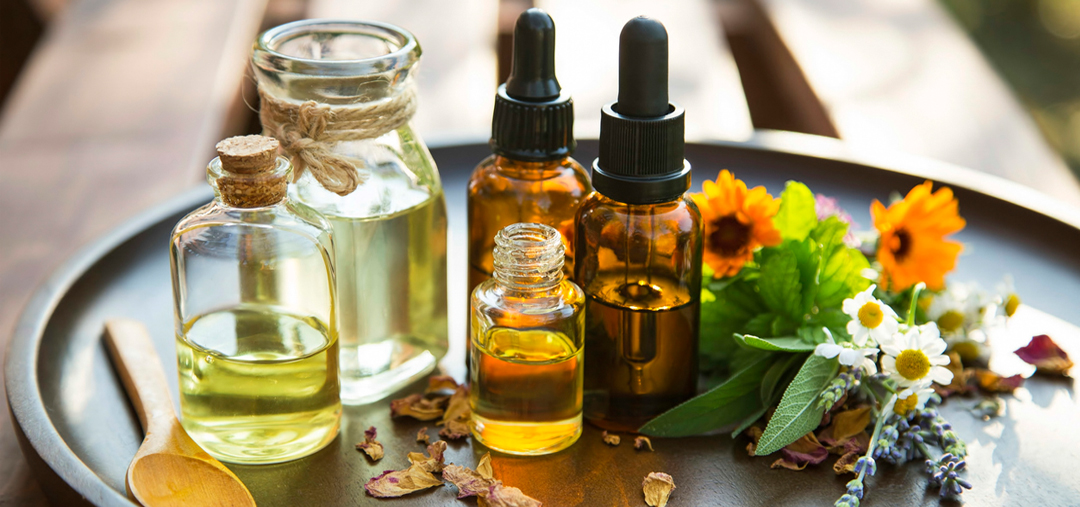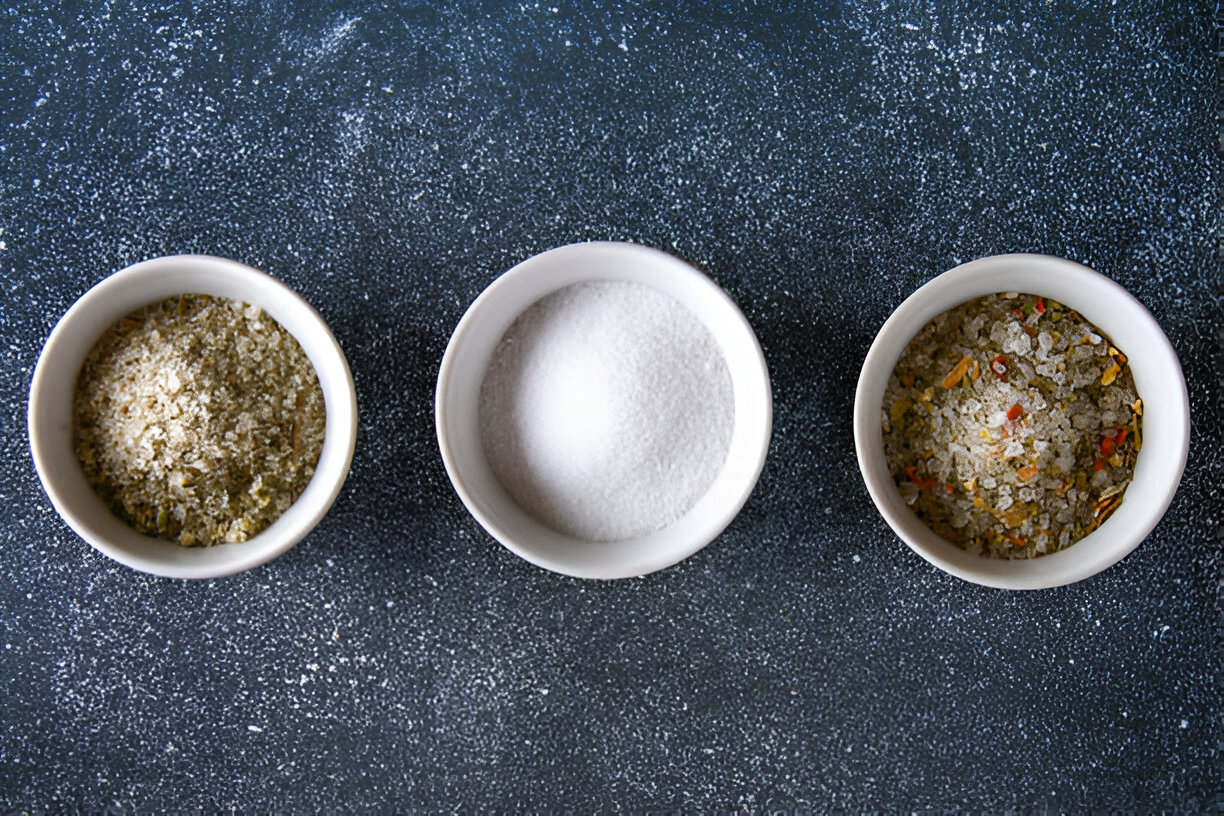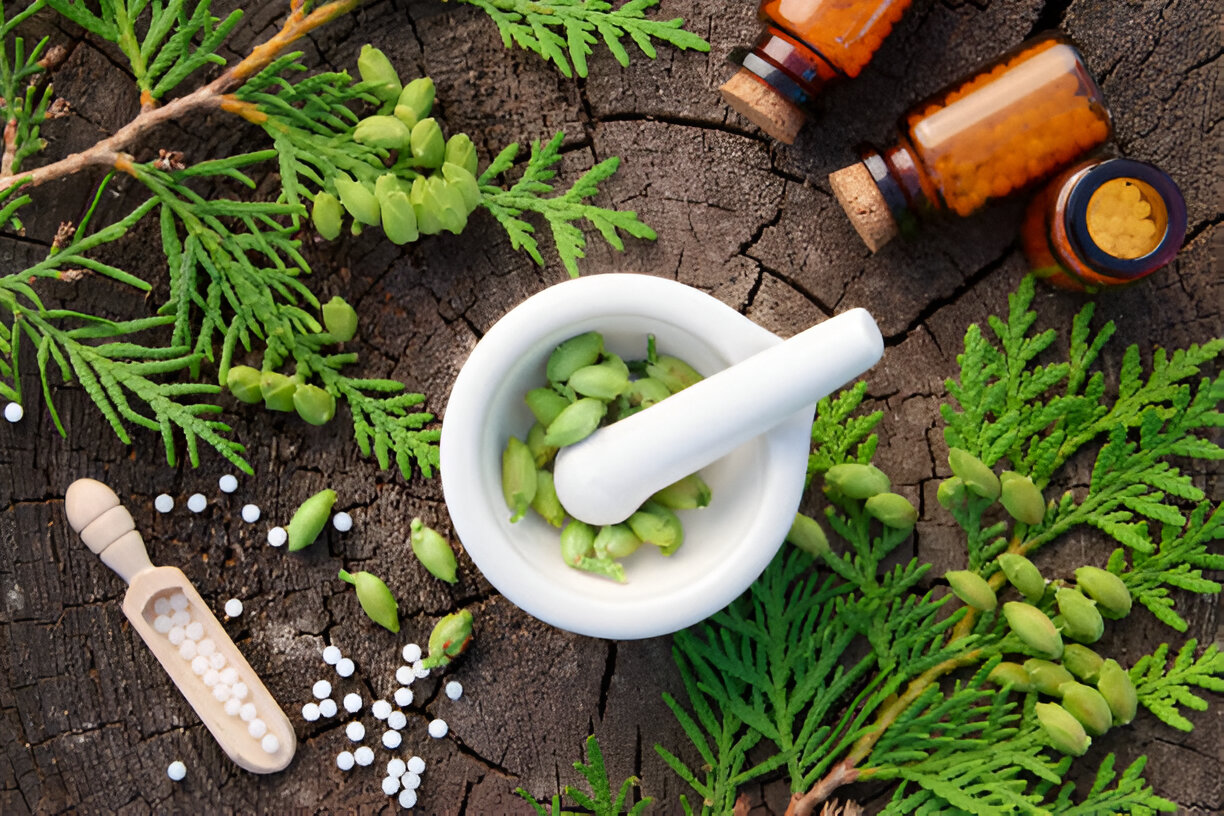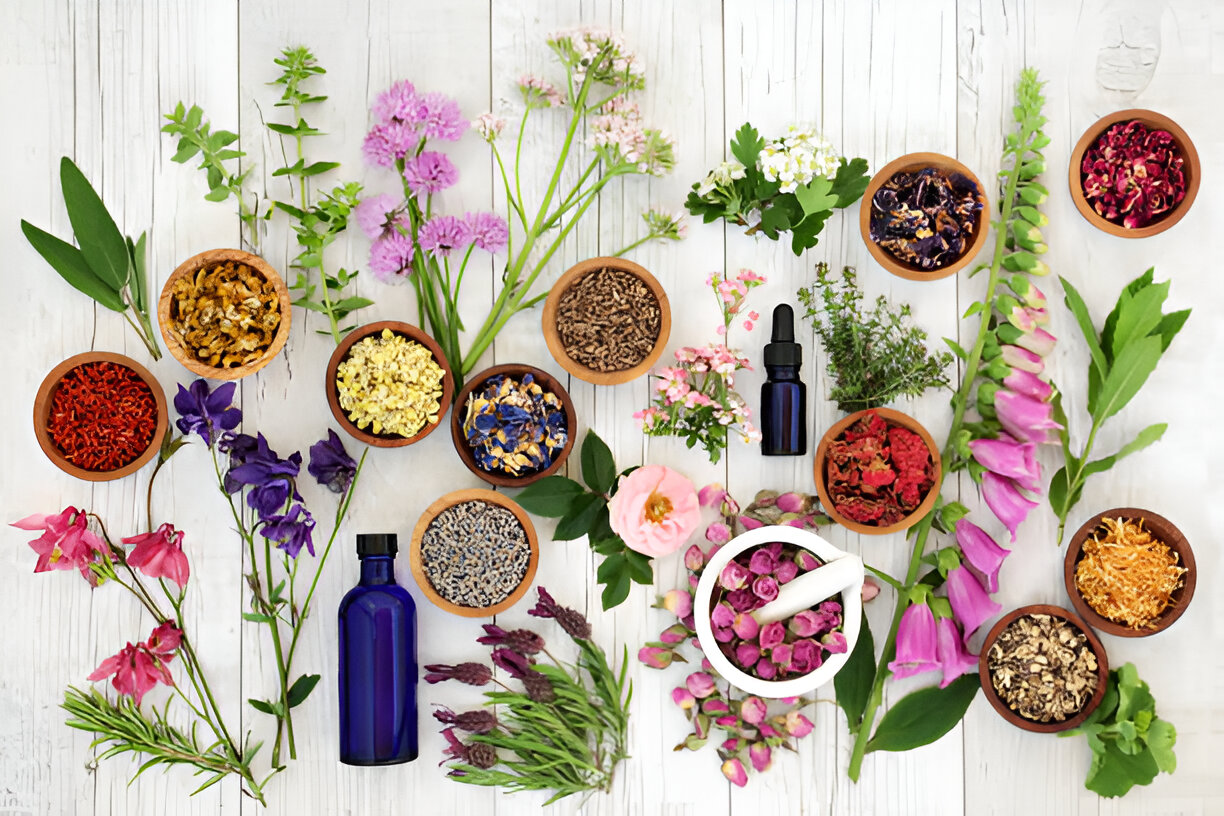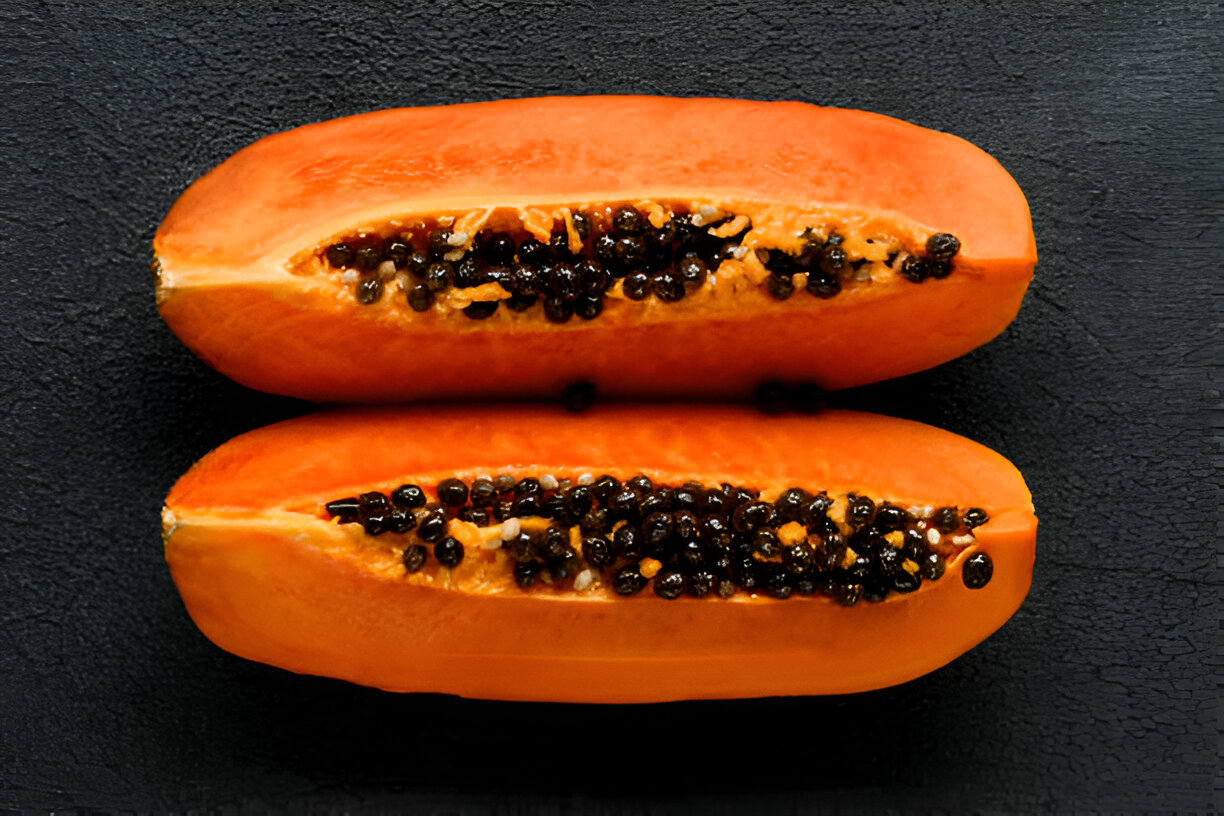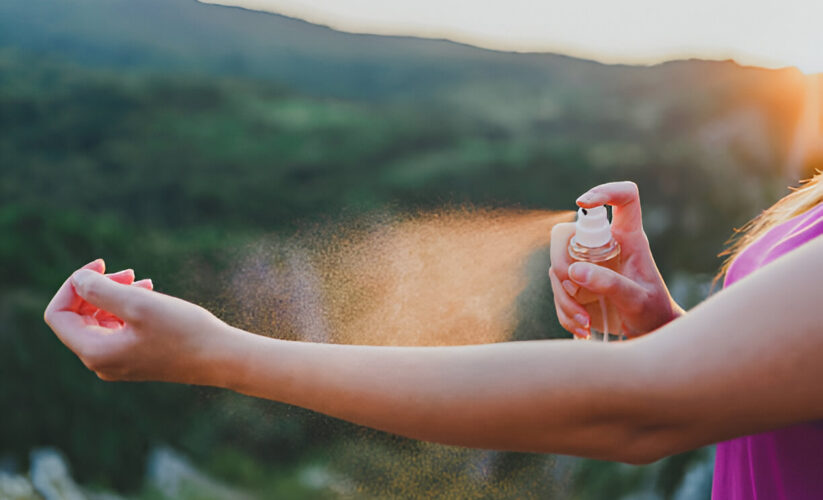
Our guide to a bite-free (and nontoxic) summer will keep you armed and ready for any mosquitoes and ticks you encounter — in the backyard or back woods. Pith helmet optional. By Tula Karras
All it takes to turn a nice backyard cookout or a vigorous hike into an annoying bout of target practice is one little problem: hungry bugs. Theoretically, you want to coexist with all of earth’s critters, but that’s hard to remember when you’re being dive-bombed at a summer barbecue. Think you’re getting unfairly blitzed while your companion sits unscathed? You might be right. “Some people are more appealing to mosquitoes than others,” says Adelaide A. Hebert, M.D., of the University of Texas — Houston. It’s unclear why, she adds, though one theory suggests a link to the amount of carbon dioxide you exhale (mosquitoes are attracted to CO2). Biting insects are more than a nuisance, however — they also sometimes pass on illnesses that can sideline you for days, weeks, or longer. Ticks may transmit diseases, including Lyme (there are nearly 40,000 human cases in the U.S. each year), and certain types of mosquitoes carry the West Nile virus. Weighing against those concerns are worries about the toxicity of popular insect-spray ingredients (that means you, DEET!)
What’s a battle-scarred outdoor warrior to do? Some simple measures go a long way toward warding off bugs, beginning with just taking a shower. Mosquitoes are attracted to sweat, so clean up before you head out. And wear light-colored clothing — some are also drawn to dark colors. Next, seek out the most appropriate protection. In these chemical-wary days there are a number of plant-based choices to consider. Natural ingredients are relatively (though not completely) nontoxic, and many can be as effective as synthetic repellents. “All things being equal, I recommend a plant-based repellent versus a synthetic one,” says entomologist Thomas Jaenson of Uppsala University in Sweden, adding that they’re cheaper and more energy-efficient to make. Plus, they degrade more easily in the environment.
But things aren’t always equal in the wild; experts say there are some situations in which the benefits of strong synthetics such as DEET outweigh the risks. The smartest course is to follow a mix-and-match approach, according to behavioral scientist Emily C. Zielinski-Gutierrez of the Centers for Disease Control and Prevention in Fort Collins, Colorado. Keep several choices in your survival kit and pair the level of protection with the time and place of your adventure. A daylong trek through heavy brush calls for different ammunition than a stroll in a park. Here’s a guide to creating your own arsenal.
Level 1: A Dash Outside
For brief respites in your backyard or quickie picnics in a city park, choose a product with one of these plant-based ingredients; they offer a gentle level of short-term protection.
Lavender and Geranium Oils:
A 2006 study in the Journal of Medical Entomology found that these essential oils are proven deterrents of mosquitoes and ticks. Dilutions containing a drop of 30 percent lavender oil or 30 percent geranium oil repelled certain ticks linked to Lyme. Try Making your own: In a glass jar, mix 25 drops essential oil with 2 tablespoons vegetable oil. Apply on skin and clothes.
Citronella Oil:
Distilled from grasses, citronella is registered as a mosquito repellent by the EPA, meaning that sufficient data has been provided to back up this claim. Try Making your own citronella mix using the formula described for the oils above; or, check out skin products containing a blend with at least 5 to 10 percent citronella oil (candles contain the oil but aren’t as effective as topical products).
Level 2: A Date with Nature
For medium-length hikes, an afternoon planted on the beach, or even a few hours of gardening in your yard, you need protection that will last. (A note about reapplying: Don’t exceed the frequency recommendations on the label, whether you’re using natural or synthetic products. Over time, extra applications can be toxic.)
IR3535:
Popularized by Avon’s Skin So Soft, this synthetic version of the amino acid beta-alanine outperformed a product with 10 percent DEET in a Consumer Reports mosquito test. It lasts two and a half hours (or more), depending on concentration. Try Products containing at least 7.5 percent IR3535.
Soybean Oil:
This oil has such a great track record when it comes to fending off mosquitoes that Canada’s national health agency added it to their list of recommended repellents. And when combined with the compound vanillin (as it is in HOM’s Bite Blocker Xtreme), it has more power than on its own. In Consumer Reports’s 2010 ratings, Bite Blocker Xtreme rated as well as a product with 7 percent DEET. Protection lasts up to fi ve hours. Try Products containing at least 2 percent soybean oil.
Lemon Eucalyptus Oil (PMD):
This oil from the eucalyptus tree — and the active ingredient in the oil, PMD — is a strong contender for best all-around, plant-based repellent. It is right up there with DEET when it comes to mosquitoes, may prevent tick bites, and lasts for six hours. Try Products containing 30 percent lemon eucalyptus oil.
2-Undecanone:
This repellent, which wards off pests using an ingredient from a wild tomato, is so effective it is registered by the EPA. In one study, 2-undecanone, the active ingredient in BioUD, was more effective against both the blacklegged (deer) tick, the main transmitter of Lyme, and the lone star tick than a solution of 98 percent DEET. It shields you from ticks for two hours and against mosquitoes for four and a half hours. Try BioUD insect repellents, which contain 7.75 percent 2-undecanone.
Level 3: Into The Wild
Fishing in buggy waters, camping in the woods — when you’re setting up shop in the wilderness, you want to bring your A game, and that means using repellents that offer hours and hours of protection. “Having camped in northern Minnesota, I wouldn’t venture into some of those areas without a DEET-based repellent because of the voracity and density of the mosquitoes,” says Brent Bauer, M.D., of the Mayo Clinic in Rochester, Minnesota.
Picaridin (KBR3023):
In head-to-head studies, picaridin and DEET are nearly equal when it comes to mosquito repellency. One reason to choose picaridin: It’s not as irritating to the skin. “I recommend it in my practice over DEET,” Hebert says. Here’s another: One study found that DEET was absorbed into the bloodstream six times faster when combined with SPF than when used alone, which may compound the risks for toxicity. It lasts up to eight hours. Try Products containing 15 to 20 percent picaridin.
DEET:
With all the benefits of picaridin, why would you ever go with DEET? Well, thanks to extended-release formulations, it’s still the longest-lasting repellent on the market, so it’s ideal for daylong hikes or camping. Even the products with the highest percentage of pi caridin last only eight hours, whereas a onetime application of 33 percent DEET extended-duration formula will last up to 12. A second reason? Ticks. “The CDC recommends only one repellent for ticks, and that’s DEET,” says Zielinski- Gutierrez. But DEET is not without its critics. Since its creation by the U.S. Army and approval for public use in 1957, DEET has been shown to produce skin irritation in enlistees who wore it while sleeping. In children, its possible toxicity is more worrisome: A handful of studies have shown that it might increase the risk of seizures and cause neurological symptoms (leth argy, disorientation) in a very small percentage of users. Despite concerns, however, the American Academy of Pediatrics approves products with up to 30 percent DEET for children older than 2 months, and many experts maintain that DEET is a smart choice when insect-biting pressure is high.
For mosquitoes, products containing 15 to 30 percent DEET; for ticks, at least 20 percent. Unless you’re an outdoor worker, you won’t need more than 30 percent, says Zielinski-Gutierrez, despite the fact that some sprays contain 100 percent. “The percentage has more to do with how long the product lasts, not how effective it is,” she explains. Do the math, and save yourself some chemical exposure.






